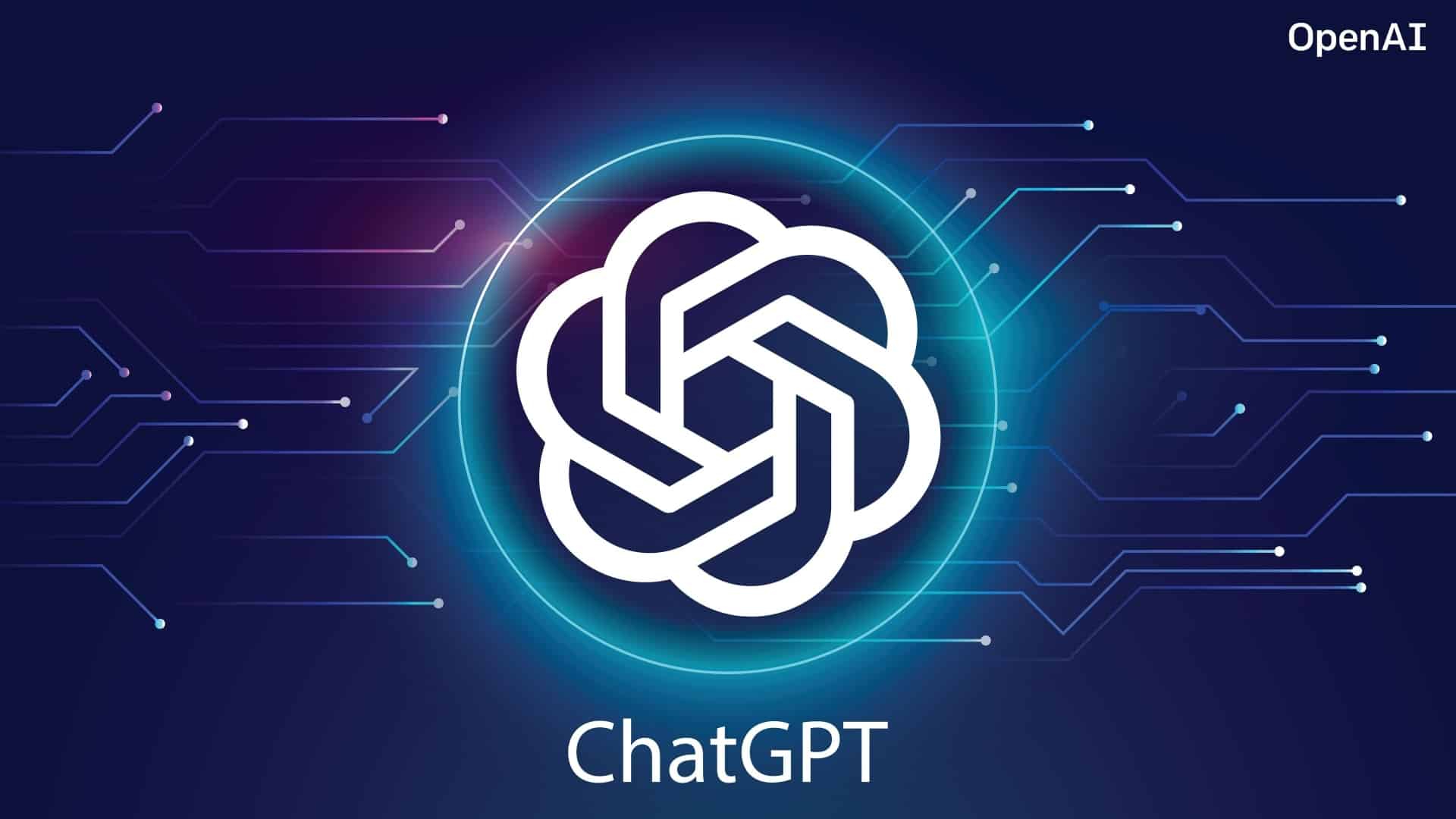Artificial intelligence is evolving hastily, and state-of-the-art advancements, just like the O1 Mini and GPT 4O, symbolize massive leaps in functionality. These models represent particular tactics for AI technology, with top-notch differences in reasoning strength, performance, and sensible applications. But how do they evaluate?
This article examines the differences and overlaps among these groundbreaking AI systems. We’ll discover their features, reasoning competencies, and the way they cater to users’ needs in different scenarios.
Let’s dive into the nuances of o1 Mini vs GPT 4o to see what sets them aside.
What Is the O1 Mini?
The O1 Mini, OpenAI’s most recent launch, is a version designed to prioritize advanced reasoning abilities. Unlike its predecessors, the O1 Mini focuses heavily on logical processing. This lets it address abstract principles, clear up puzzles, and comply with complex reasoning pathways with more accuracy.
Key highlights of the O1 Mini encompass:
- Enhanced reasoning for responsibilities like clinical hassle-solving.
- Streamlined structure, presenting faster responses.
- Compact layout suitable for integration into smaller-scale systems.
Its improvement signals OpenAI’s dedication to growing models that not only apprehend human rationale but also rationalize decisions with greater intensity.
What Is GPT 4O?
GPT-4O is an evolution of OpenAI’s GPT collection, building on GPT-four’s conversational and multitasking strengths. Known for producing specific and coherent text, GPT-4O is optimized for creativity, context expertise, and adaptive verbal exchange.
Standout functions consist of:
- Superior natural language generation for dynamic user interaction.
- Multilingual fluency throughout numerous languages.
- Enhanced context retention, even in lengthy conversations.
GPT 4O remains a dominant choice for users looking for wealthy conversational AI. However, unlike the O1 Mini, its consciousness leans more towards language abilities rather than in-intensity reasoning.
Key Differences Between O1 Mini and GPT 4O
Reasoning Abilities
The O1 Mini excels at good judgment-driven duties. It can examine problems requiring sequential reasoning, including solving superior math problems or strategizing in chess games.
In comparison, GPT 4O specializes in generating human-like language, with much less emphasis on logical reasoning. Its conversational competencies make it best for innovative writing and customer service.
Processing Speed
Due to its compact layout, the O1 Mini processes responsibilities faster, mainly in structures requiring localized AI computations. GPT 4O, although versatile, relies on larger computational systems.
Target Applications
O1 Mini
Ideal for industries like studies, technological know-how, and programming, in which logical reasoning is crucial.
GPT 4O
Perfect for industries centered on interaction, content advent, and language-pushed tasks.
How Do These Models Complement Each Other?
Rather than competing directly, the O1 Mini and GPT 4O can complement each other in diverse setups. For example:
- A healthcare machine may use GPT 4O to engage with patients conversationally while relying on O1 Mini for analysis recommendations.
- A software program corporation could use GPT 4O for patron engagement and O1 Mini to optimize backend trouble-fixing.
The integration of these models creates a balanced environment of advanced reasoning and linguistic fluency.
The Technological Leap in Reasoning
The advent of reasoning abilities in O1 Mini is a sport-changer for AI. Historically, models excelled at predicting text however struggled with logical reasoning. The O1 Mini bridges this gap with the aid of integrating advanced algorithms, permitting it to recognize context, justify answers, and navigate abstract troubles.
For instance, if requested to pick out patterns in complicated datasets, the O1 Mini ought to excel in which GPT 4O may warfare.
Limitations of Each Model
O1 Mini
- Limited conversational intensity in comparison to GPT 4O.
- Primarily designed for smaller-scale reasoning tasks.
- Lacks the creative and contextual flair of GPT models.
GPT 4O
- Weaker logical reasoning competencies.
- Requires extra computational sources, impacting performance.
- Not tailored for responsibilities traumatic strict reasoning or algorithmic analysis.
FAQs
1. What makes the O1 Mini special from traditional models?
The O1 Mini focuses on superior reasoning, making it advanced for good logic-based tasks in comparison to traditional language-based models.
2. Is GPT 4O suitable for reasoning duties?
While GPT 4O can deal with simple common sense, it is often designed for herbal language generation and conversational fluency.
3. Can the O1 Mini update GPT 4O in conversational AI?
No, the O1 Mini lacks the rich conversational capabilities of GPT 4O. They serve distinct functions and work satisfactorily while combined.
4. Which version is higher for programming help?
The O1 Mini excels in reasoning-heavy programming tasks, whilst GPT 4O can assist with explaining code and documentation.
5. What industries benefit most from O1 Mini?
Research, medical exploration, and fields requiring heavy logic and trouble-solving advantage maximum from the O1 Mini.
Conclusion
The debate of O1 Mini vs GPT 4O highlights the strides AI has made in diversifying talents. While O1 Mini pioneers reasoning in AI structures, GPT 4O excels in conversational intensity and creative content era.
Choosing among them relies upon the consumer’s wishes. For responsibilities requiring intensity and logical hassle-fixing, the O1 Mini stands proud. Meanwhile, GPT-4O remains unmatched in language fluency and human-like interaction.
Together, they mark a brand new era in AI development, showcasing how specific models can cater to particular niches at the same time complementing each other. As AI evolves, those innovations remind us of the countless possibilities shaping our technological destiny.












